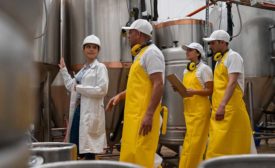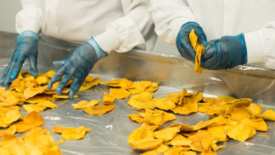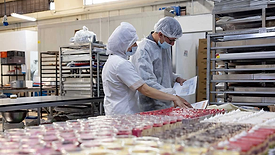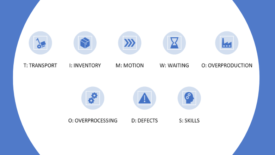Articles by Janna Hamlett, Ph.D.
Next-Gen Hygiene: How Do Collaborative Robots Affect Food Safety Programs?
Whenever a new piece of equipment, such as a robot, is incorporated or a process is changed, the food safety plan and the hazard analysis must be reanalyzed
August 8, 2024
Strategies for Managing Temporary Workforce in Food Manufacturing
Temporary employees can be a cost-effective staffing resource for a food manufacturing facility; however, they can also bring some challenges
February 13, 2024
Tips to Overcome Supply Chain Challenges for Food Manufacturers
Many facilities have moved from "just in time" to "just in case" inventory management, which translates into a need for additional storage capacity
August 7, 2023
Determining Sanitation Effectiveness with a Robust Environmental Monitoring Program
A PEM program should test for a mix of indicator organisms and a mix of pathogens based on product susceptibility and risk
December 11, 2022
Handling Customer Complaints in Food Manufacturing
Although customer complaints can be viewed as a negative, managing them is an important risk management strategy
April 21, 2022
Never miss the latest news and trends driving the food safety industry
eNewsletter | Website | eMagazine
JOIN TODAY!Copyright ©2025. All Rights Reserved BNP Media.
Design, CMS, Hosting & Web Development :: ePublishing









